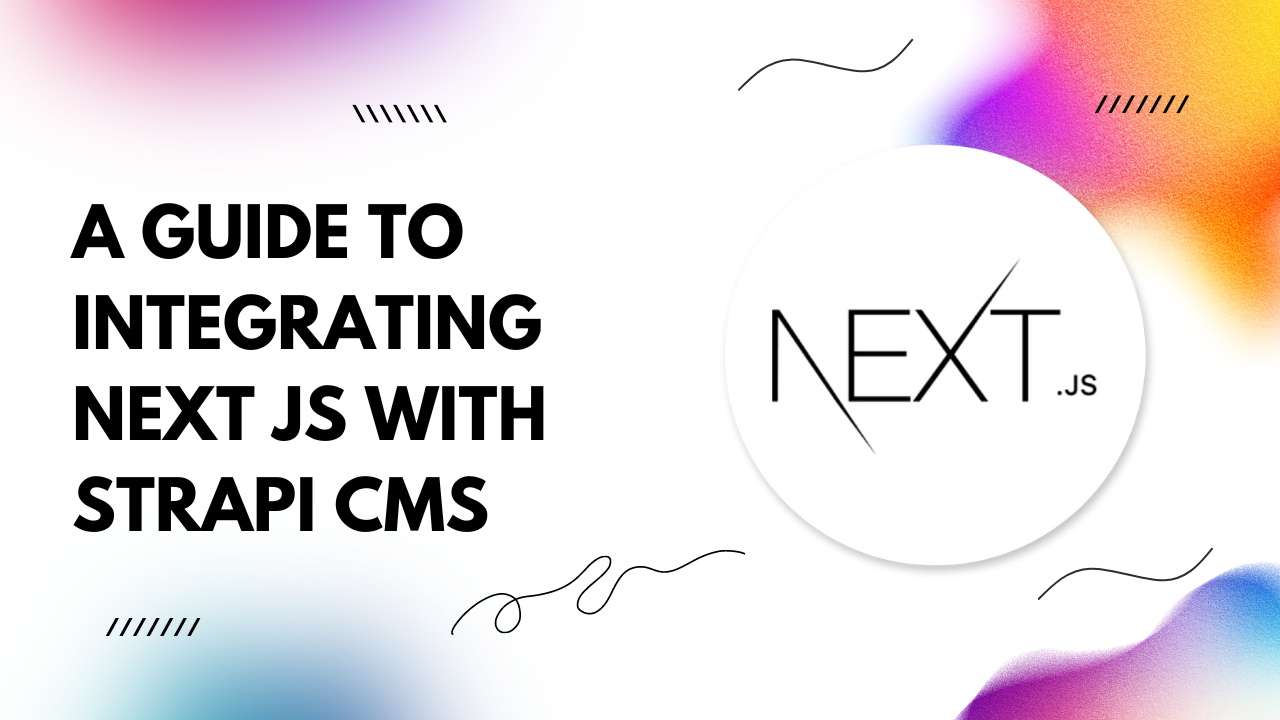Let's delve into the integration process and explore some code examples to get you started.
Why Next.js and Strapi CMS?
Next.js is a React framework renowned for its exceptional performance and developer-friendly features. It simplifies the creation of server-rendered React applications and provides built-in support for static site generation and API routes.On the other hand, Strapi CMS offers a flexible and customizable content management system, empowering developers to create and manage content effortlessly. With its intuitive admin panel and RESTful or GraphQL API capabilities, Strapi simplifies content creation, distribution, and consumption.
Integration Steps:
1. Setting up Next.js: First, ensure you have Node.js installed on your machine. Then, initialize a new Next.js project using the following commands:npx create-next-app@latest my-nextjs-app cd my-nextjs-app npm run dev
npx create-strapi-app@latest my-strapi-app cd my-strapi-app npm run develop
3. Connecting Next.js with Strapi: To fetch data from your Strapi backend, you can utilize Next.js API routes. Create a new API route in your Next.js project:
// pages/api/posts.js
import fetch from 'node-fetch';
export default async function handler(req, res) {
const response = await fetch('http://localhost:1337/posts');
const data = await response.json();
res.status(200).json(data);
}
4. Rendering Data in Next.js: Now, you can consume the data fetched from Strapi and render it in your Next.js application. Here's an example of how you can display a list of posts:
// pages/index.js
import React from 'react';
export default function Home({ posts }) {
return (
<div>
<h1>Latest Posts</h1>
<ul>
{posts.map(post => (
<li key={post.id}>{post.title}</li>
))}
</ul>
</div>
);
}
export async function getStaticProps() {
const res = await fetch('http://localhost:3000/api/posts');
const posts = await res.json();
return {
props: {
posts,
},
};
}
Conclusion:
Integrating Next.js with Strapi CMS offers developers a potent combination for building modern web applications efficiently. By following the steps outlined above and leveraging the provided code examples, you can kickstart your journey towards creating dynamic, content-rich websites with ease.Embrace the power of Next.js and Strapi CMS to streamline your web development workflow and unlock endless possibilities. Happy coding!
